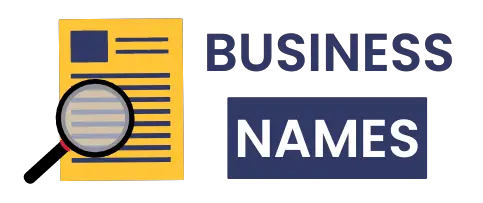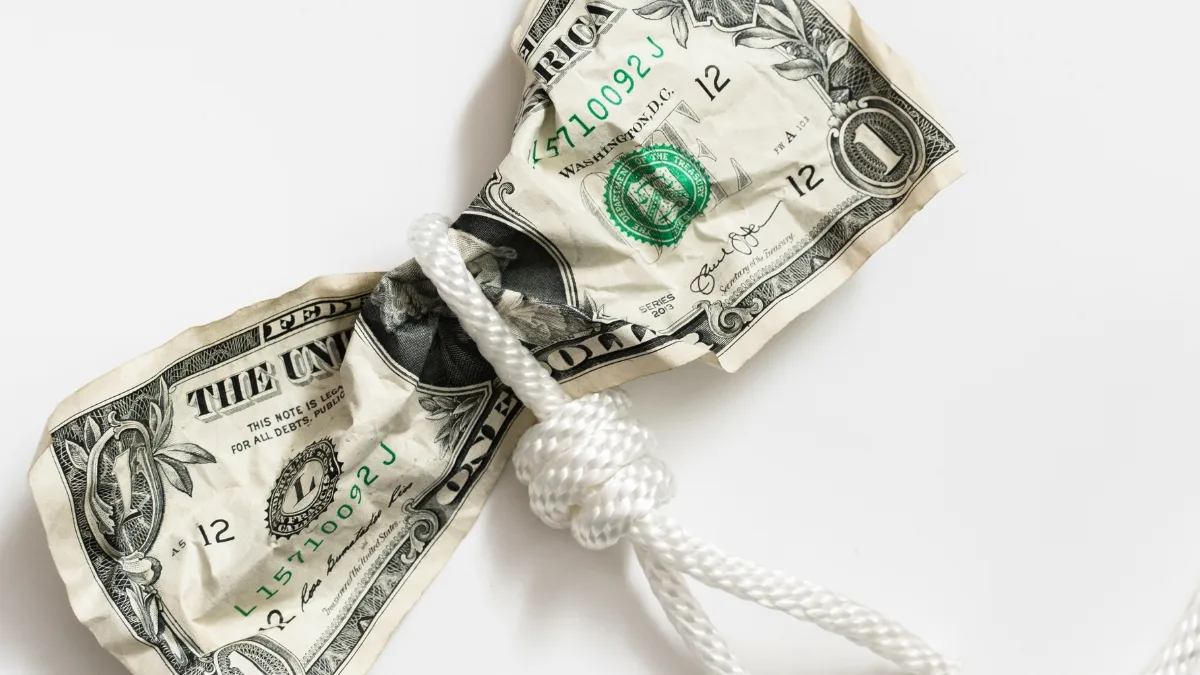For the modern income investor, the landscape presents a significant challenge. In a market where the S&P 500’s average dividend yield often struggles to surpass 2%, the allure of stocks promising yields of 5%, 8%, or even double digits is undeniably powerful.
This creates a high-stakes hunt for a sustainable income stream, a search particularly acute for those in or approaching retirement who rely on portfolio cash flow to meet living expenses.
These seemingly juicy yields can appear to be a safe harbor in a yield-starved world.
Anatomy of a Dividend Trap: A Post-Mortem of a Fallen High-Flier
The Dividend Trap!
The Lure
In early 2023, Advance Auto Parts (AAP) looked great! Its stock price was falling, which made its trailing dividend yield look huge and very appealing.
The Warning Signs
Clear red flags were visible: deteriorating earnings and a strained balance sheet. The company wasn’t earning enough to pay the dividend!
The Trap Springs
In May 2023, the dividend was cut by over 80%. The “safe” income stream vanished overnight.
The Collapse
The stock price plummeted. Investors faced a double loss: their income was gone AND their capital was wiped out.
The “Yield Illusion”
As Stock Price ⬇️ falls, the Past Yield ⬆️ looks bigger. This illusion hides the rising risk!
To navigate the market effectively, one must first understand the true nature of the hazard. A dividend trap is a multi-faceted failure that extends beyond a simple dividend reduction.
It is an investment scenario where a company lures investors with a high yield that is fundamentally unsustainable, culminating in a devastating dual loss: the loss of the expected income stream and a significant loss of principal as the stock price collapses in response to the cut.
While technical traps related to mis-timing purchases around ex-dividend dates exist, the more pernicious danger lies in these fundamental traps, which are rooted in a deteriorating business.
This case highlights the critical concept of the “yield illusion.” The dividend yield formula is simple: $Dividend Yield = \frac{Annual Dividend}{Current Stock Price}$. The danger lies in the denominator. As the market loses confidence in a company’s future prospects and sells its shares, the stock price falls.
The Fed’s Shadow: How Interest Rate Trajectories Will Define Dividend Investing in 2025

The relationship between interest rates and dividend stocks is often compared to a seesaw. When interest rates on safe-haven assets like government bonds rise, the relatively fixed income provided by dividend stocks becomes less attractive by comparison, often leading to price declines for those stocks.
Conversely, when interest rates fall, the higher yields offered by dividend stocks appear more appealing, potentially driving their prices up. This “bond proxy” behavior is most pronounced in stable, high-yield sectors such as Utilities, Real Estate Investment Trusts (REITs), and Telecommunications.
As the market looks toward 2025, the consensus forecast anticipates that the Federal Reserve will begin cutting interest rates. This projection, however, is a double-edged sword for income investors.
The “Bull” Case (The Obvious Take): On the surface, lower interest rates decrease the appeal of holding cash in savings accounts or buying new bonds, which could push investors toward higher-yielding equities in search of returns.
This influx of capital could provide a tailwind for the stock prices of financially healthy dividend-paying companies.
The “Bear” Case (The Hidden Trap): The crucial question is why the Fed would be cutting rates. Central banks typically ease monetary policy in response to signs of economic weakness, such as slowing GDP growth, weakening consumer spending, or rising unemployment.
This economic slowdown is a direct threat to the earnings and cash flow of many companies, particularly those that are cyclical or financially weak. Therefore, the macroeconomic “good news” of a rate cut may mask the microeconomic “bad news” that makes a company’s dividend less secure, not more.
Highly Leveraged Companies: Sectors like Utilities and REITs, which often carry significant debt loads, are particularly vulnerable. A slowing economy can mean lower electricity demand from industrial customers or commercial tenants struggling to pay rent.
Even if rate cuts provide some relief on borrowing costs, a drop in revenue can severely pressure the cash flow needed to both service existing debt and pay dividends.
Consumer Discretionary: Companies that sell non-essential goods and services are on the front lines of an economic downturn. As households tighten their budgets, these firms will likely see sales and profits decline, placing their dividends in jeopardy.
The Exception: It is important to note that not all sectors react uniformly. Financial institutions, for example, can have a more complex relationship with interest rates.
While they are dividend payers, their profitability is often influenced by the shape of the yield curve, and they can sometimes perform well even in a shifting rate environment.
The Investor’s Forensic Toolkit: Quantitative Stress-Testing for Dividend Sustainability
To avoid the traps set by a complex market, investors must move beyond surface-level metrics and adopt a forensic approach to due diligence. By stress-testing a company’s financials with a few key quantitative measures, one can gain a much clearer picture of a dividend’s true sustainability.
Metric 1: The Payout Ratio—Is the Company Overpromising?

The dividend payout ratio reveals what percentage of a company’s net income is being distributed to shareholders as dividends. It is a primary indicator of whether a dividend policy is conservative and sustainable or aggressive and risky.
Calculation: The ratio is calculated using data found on a company’s income statement: $Dividend Payout Ratio = \frac{Total Annual Dividends}{Net Income}$.17
Interpretation: A payout ratio below 60% is generally considered healthy, as it indicates the company is retaining a substantial portion of its earnings to reinvest in growth, pay down debt, or build a cash cushion for leaner times. A ratio between 60% and 80% warrants a closer look, especially in cyclical industries.
A payout ratio consistently above 80% is a significant red flag, and a ratio exceeding 100% is a clear sign of an unsustainable dividend, as it means the company is paying out more than it earns, funding the shortfall with debt or existing cash reserves.
Metric 2: The Debt-to-Equity (D/E) Ratio—Is the Foundation Cracked?

The debt-to-equity ratio is a critical measure of a company’s financial leverage. It compares total liabilities to shareholder equity, revealing the extent to which a company relies on borrowing to finance its operations.
A company with too much debt may not have enough cash to fund growth or, more importantly, maintain its dividend during a downturn.
Calculation: This ratio is derived from the company’s balance sheet: $Debt-to-Equity Ratio = \frac{Total Liabilities}{Shareholder Equity}$.
Interpretation: A high D/E ratio indicates significant financial risk. As the economy slows, the cash flow needed to service a large debt load can shrink, putting the dividend payment in direct competition with mandatory interest payments.
While the ideal ratio varies by industry, a D/E ratio above 2.0 is often a warning sign for non-financial companies. The most valuable analysis comes from comparing a company’s D/E ratio to that of its direct competitors and the industry average.
A company that is significantly more leveraged than its peers is likely a riskier investment.
Metric 3: Free Cash Flow (FCF)—The Ultimate Litmus Test
Free Cash Flow: The Dividend Investor’s True North
What is Free Cash Flow (FCF)?
FCF is the actual cash a company generates after paying for its operations and investments (CapEx). It’s the real money available for dividends, debt, and buybacks, unlike net income which can be an “accounting” figure.
Why FCF Matters More Than Earnings:
- True Liquidity: A company can report positive net income but still have negative FCF.
- Sustainability: Dividends paid when FCF is negative are a massive red flag – they’re unsustainable and financed externally.
How to Check It: The FCF Payout Ratio
FCF Payout Ratio = Total Dividends Paid Free Cash Flow
If this ratio is consistently above 100%, the dividend is NOT covered by the cash the business generates.
Dividend Health Checklist:
| Metric | Green Flag (Healthy Zone) | Yellow Flag (Use Caution) | Red Flag (Danger Zone) |
|---|---|---|---|
| Payout Ratio | Below 60% | 60% – 80% | Above 80% (or >100%) |
| Debt-to-Equity | Below 1.0 and/or below industry average | Above industry average | Significantly above industry average (>2.0 for most) |
| FCF Payout Ratio | Below 70% | 70% – 90% | Above 100% (or consistently negative FCF) |
While net income is an important accounting figure, it can be influenced by non-cash expenses and other accounting conventions.
Free cash flow (FCF) is the actual cash a company generates after covering its operating expenses and capital expenditures (CapEx). This is the true pool of capital available to pay dividends, reduce debt, and buy back shares. For dividend investors, FCF is the ultimate litmus test of financial health.
Why it Matters More than Earnings: A company can report positive net income but have negative free cash flow. A dividend paid when FCF is negative is a massive red flag, indicating the payment is being financed externally and is unsustainable.
How to Check It: Investors should analyze the “FCF Payout Ratio,” sometimes called the dividend coverage ratio. The calculation is: $FCF Payout Ratio = \frac{Total Dividends Paid}{Free Cash Flow}$.
If this ratio is consistently above 100%, the dividend is not being covered by the cash the business generates. This is one of the most reliable indicators of a future dividend cut.
Beyond the Balance Sheet: Qualitative Signals of Dividend Strength

Quantitative metrics provide a snapshot of a company’s current financial health, but they do not tell the whole story. To truly assess the long-term resilience of a dividend, investors must look beyond the numbers to the qualitative characteristics of the business.
These factors are prognostic tools that help predict a company’s ability to navigate future challenges.
A company’s dividend history is a powerful indicator of its corporate culture and its commitment to shareholders.
The “Dividend Aristocrats”—a group of S&P 500 companies that have increased their dividend for at least 25 consecutive years—have demonstrated an ability to thrive through multiple economic cycles, including recessions and periods of high interest rates.
This long-term track record suggests that management views the dividend not as an optional expense but as a core promise to investors. Conversely, a company with a history of cutting its dividend at the first sign of trouble signals that the payout is expendable and should not be relied upon during a downturn.
A Blueprint for Resilient Income in 2025
Navigating the investment landscape of 2025 requires a strategy that is both defensive and discerning. The key to avoiding dividend traps and building a durable income stream lies in internalizing a few core principles.
This approach should be underpinned by the foundational principle of diversification. Over-exposure to any single company or sector introduces unnecessary risk, as even the most thorough analysis cannot predict all future events.
Spreading investments across a portfolio of quality dividend-paying stocks, or utilizing a well-constructed, quality-screened dividend ETF, is the most prudent way to mitigate the impact of an unexpected dividend cut from a single holding.
By combining a healthy dose of skepticism with the forensic tools outlined in this report, investors can confidently sidestep the market’s most alluring traps and build a truly resilient and sustainable income stream.

